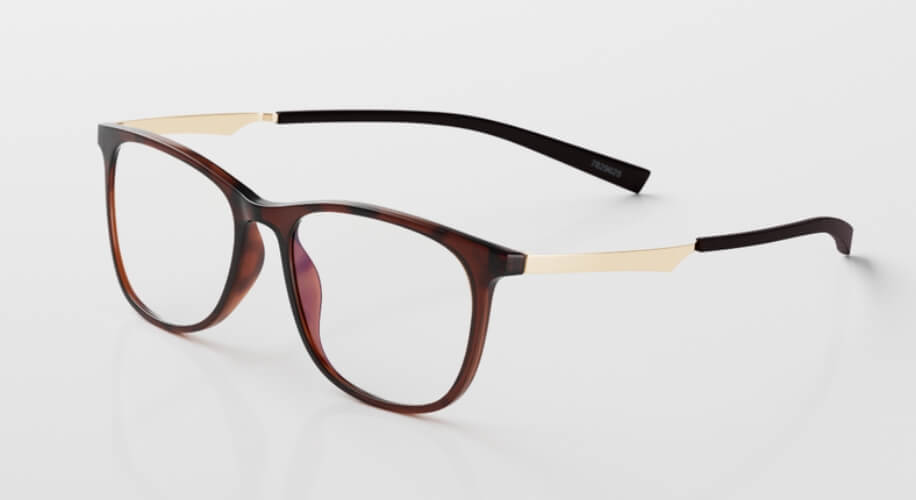Navigating Astigmatism: A Guide to Nighttime Vision and Lights
- BY Dr. Sophia Moh
- IN Eye Care

Reference: Ricardo Martínez González
Do you ever find yourself struggling with blurry vision or discomfort in different lighting conditions, especially at night? If so, you might be dealing with astigmatism, a common refractive error that can affect the way your eyes perceive lights. In this guide, we’ll delve into the intricacies of astigmatism and explore its impact on nighttime vision, from general light sources to specific scenarios like car lights and headlights.
Understanding Astigmatism and Light
Astigmatism is a common vision condition caused by an irregular shape of the cornea or lens in the eye. This irregularity can lead to distorted or blurred vision, particularly when it comes to focusing on lights. For individuals with astigmatism, lights may appear more challenging to perceive clearly, especially in low-light conditions.
Astigmatism Car Lights at Night
Nighttime can pose unique challenges for individuals with astigmatism. The combination of reduced ambient light and the presence of artificial lights can exacerbate visual distortions. Understanding how astigmatism interacts with various light sources at night is crucial for managing and improving your nighttime vision.
One of the common scenarios where astigmatism becomes noticeable is during nighttime driving. The glare from oncoming car lights and streetlights can be particularly bothersome for individuals with astigmatism. If you experience discomfort or difficulty seeing car lights at night, it’s essential to address these concerns for safer driving.
Astigmatism Headlights at Night
Headlights play a significant role in nighttime visibility, and for those with astigmatism, they can pose specific challenges. The halo effect or starburst patterns around headlights might be more pronounced, impacting your ability to see clearly on the road. In our next section, we’ll provide some practical tips for managing astigmatism when faced with headlights at night.
Tips for Managing Astigmatism and Lights at Night
Now that we’ve explored how astigmatism can affect your vision in different nighttime scenarios, let’s discuss some practical tips for managing these challenges:
- Opt for Anti-Reflective Coatings: Consider eyeglasses with anti-reflective coatings to minimize glare and reflections, especially when driving at night.
- Regular Eye Exams: Schedule regular eye exams to monitor and address any changes in your vision, ensuring your prescription is up-to-date for optimal nighttime visibility.
- Adjusting Car Mirrors: Properly align your car mirrors to reduce glare from headlights behind you, providing a clearer view of the road.
- Use Adequate Lighting: When indoors, ensure your living spaces are adequately lit to minimize strain on your eyes and improve overall vision.
By understanding astigmatism and its relationship with different lights, you can take proactive steps to enhance your nighttime vision. If you have concerns about astigmatism or experience difficulties with lights at night, consult with an eye care professional for personalized advice and solutions.
Remember, managing astigmatism is not just about seeing clearly; it’s about enjoying a clearer and more comfortable vision, even in the glow of nighttime lights.
About the Author: Dr. Sophia Moh, OD, ABOC
Dr. Sophia Moh, OD, is an optometrist based in the Bay Area, California. She holds a doctorate from UC Berkeley School of Optometry and has worked in various eye care settings, including primary care optometry, general ophthalmology, community health clinics, and Veterans Affairs. Dr. Moh is dedicated to improving global vision health by making high-quality, affordable eyewear accessible to all. She is also a certified American Board Optician (ABO) and actively contributes to optical education through training and lectures.

